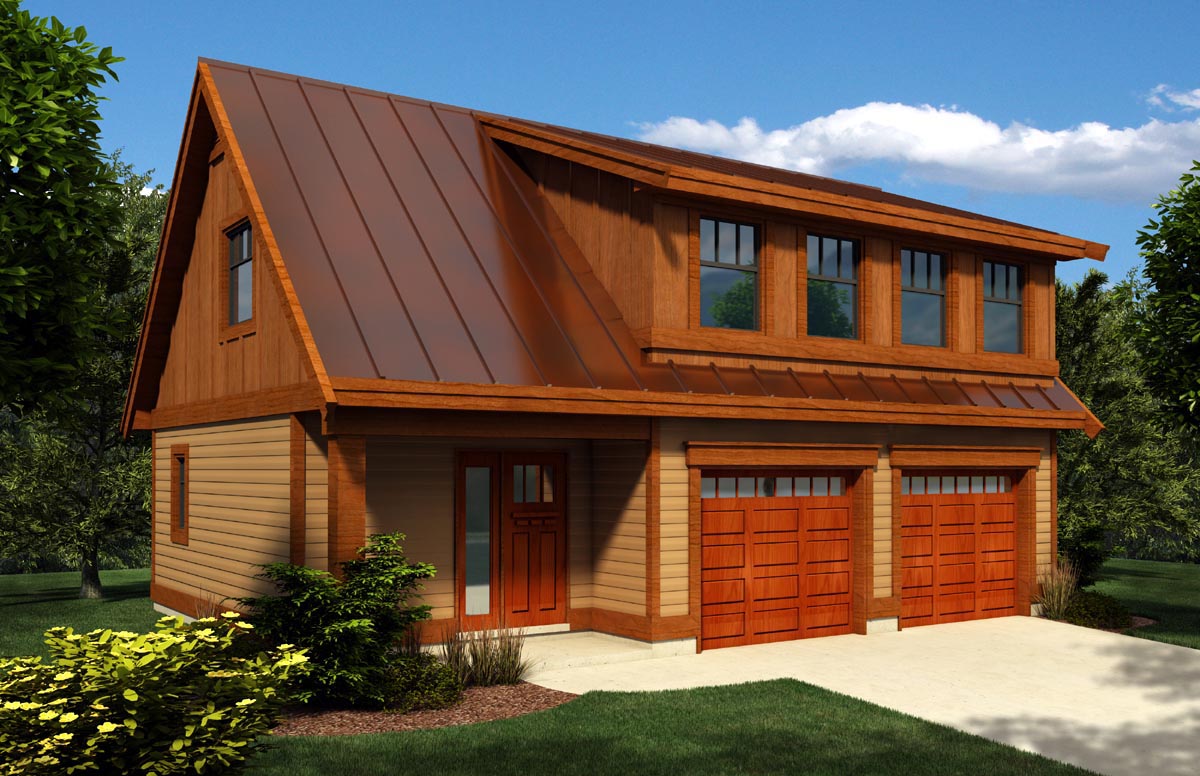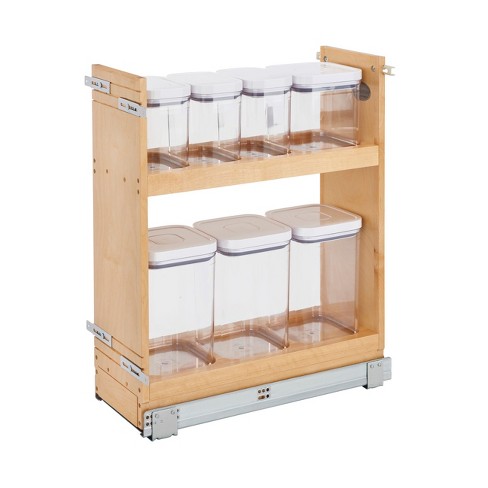
If your garage has a lot to spare, overhead garage storage lowes could be an option to control clutter. Overhead storage racks are ideal for storing out-of-season items that can't be stored in the basement, like lawnmowers and snowblowers. This will make your garage more usable for cars, bikes, and other items.
The perfect place for seasonal items and building materials is overhead garage storage. This is especially helpful for things like camping equipment and holiday decorations that won't be needed again for a while.

One of the greatest benefits to overhead garage storage, is its flexibility in how it's used. This space is easy to move from season-to-season.
You can also use it to store things you don't use often, such as ladders and bicycles, while keeping them off of the floor. This makes it a great choice for homeowners who have kids and pets, since they won't be able to climb up on these items while they are stored.
Gladiator GearLoft, an overhead storage rack made of sturdy steel and easily assembleable, will complement your garage's style. It features a corrosion-resistant, hardcoat finish, built in decking, and EZ Connect technology. This makes assembly easy and quick.

It holds up to 350 lbs., and you can get it in a variety of sizes to fit your specific needs. The 10-year warranty from Gladiator is included. Gladiator's GearLoft, compared to other brands is affordable and considered a great value for money.
FAQ
What are the largest expenses when remodeling a kitchen
A few key costs should be considered when planning a kitchen remodeling project. These include demolition, design fees, permits, materials, contractors, etc. Although these costs may seem relatively small, if you take them all together, they can quickly add up. They quickly grow when added together.
Demolition is likely to be the most expensive. This includes removing cabinets, countertops and flooring. You will then need to remove the insulation and drywall. Finally, you have to replace those items with new ones.
Next, you must hire an architect to draw out plans for the space. You will need permits to ensure your project meets the building codes. The final step is to find someone to carry out the actual construction.
Once the job has been finished, you need to pay the contractor. It is possible to spend anywhere from $20,000 up to $50,000 depending on the size and complexity of the job. That's why it is important to get estimates from multiple contractors before hiring one.
If you plan, you can often avoid some of these costs. You might be able negotiate better materials prices or skip some work. It is possible to save money and time by knowing what to do.
People often try to install their cabinets themselves. This will save them money as they won't need to hire professional installation services. They often spend more trying to install cabinets themselves. A professional will usually finish a job in half as much time as you would.
You can save money by buying unfinished materials. Pre-finished materials such as cabinets should be inspected before you purchase them. You can use unfinished materials immediately if you buy them. Even if it doesn't go according to plan, you can always change your mind later.
Sometimes, however, it's not worth all the effort. Remember: the best way to save money on any home improvement project is to plan.
What is the difference in a remodel and a renovaton?
A remodel is a major change to a room or part of a room. A renovation refers to minor changes made to a particular room or area of a given room. For example, a bathroom remodel is a major project, while adding a sink faucet is a minor project.
Remodeling involves replacing a complete room or a part of a entire room. A renovation is simply a change to a specific part of a space. For example, a kitchen remodel involves replacing counters, sinks, appliances, lighting, paint colors, and other accessories. But a kitchen update could include painting the wall color or installing a new light fixture.
What is the difference between building a new home and gutting a current one?
The process of gutting a house involves removing all contents inside the building. This includes walls, floors and ceilings, plumbing, electrical wiring and appliances. This is usually done when you are moving into a new home and need to make some adjustments before you move in. Due to so many factors involved in the process of gutting a property, it can be very costly. Depending on the job, the average cost of gutting a home is between $10,000 and $20,000
A builder builds a house by building it frame by frame. Then, he adds walls and flooring, roofing, windows and doors. This is typically done after purchasing lots and lots of lands. Building a home can be cheaper than gutting. It usually costs around $15,000-$30,000.
It comes down to your needs and what you are looking to do with the space. If you are looking to renovate a home, it will likely cost you more as you will be starting from scratch. You don't need to take everything apart or redo everything if you are building a home. Instead of waiting for someone else, you can build it how you want.
How can I tell if my home needs to be renovated or remodelled?
You should first check to see if your home has had any recent updates. A renovation might be in order if the home has not been updated for some time. However, a remodel might be the best option for you if your home seems brand-new.
You should also check the condition of your home. A renovation may be necessary if your home has holes in its drywall, cracked wallpaper, or missing tiles. But if your home looks amazing, maybe it's time for a remodel.
You should also consider the overall condition of your house. Is your house structurally sound? Do the rooms look nice? Are the floors in good condition? These are essential questions to consider when choosing the type of remodeling you want.
What is the cost of completely renovating a kitchen?
You might wonder how much it would be to remodel your home if you have been considering the idea.
The average kitchen renovation cost is between $10,000-$15,000. However, there are ways to save money while improving your space's overall look and feel.
Plan ahead to save money. This includes choosing the right design style and color palette to suit your budget and lifestyle.
Another way to cut costs is to make sure that you hire an experienced contractor. A professional tradesman knows exactly how to handle each step of the construction process, which means he or she won't waste time trying to figure out how to complete a task.
It's best to think about whether you want your current appliances to be replaced or kept. Remodeling a kitchen can add thousands of pounds to its total cost.
Additionally, you may decide to purchase used appliances rather than new ones. A used appliance can help you save money as you won't be charged for installation.
You can also save money by shopping around when buying materials and fixtures. Many stores offer discounts for special occasions like Cyber Monday or Black Friday.
What are the included features in a full remodel of your kitchen?
A kitchen remodel includes more than a new faucet and sink. You will also need cabinets, countertops and appliances as well as lighting fixtures, flooring, plumbing fixtures, and other items.
Full kitchen remodels allow homeowners to modernize their kitchens without the need for major construction. This means that there is no demolition required, making the process easier for both homeowner and contractor.
A kitchen renovation can include a variety of services such as plumbing, HVAC, painting, drywall installation, and electrical. A complete kitchen remodeling project may require multiple contractors depending on the size of the job.
Hiring professionals who are familiar with kitchen remodeling is the best way for it to go smoothly. There are often many moving parts in a kitchen remodel, so small problems can cause delays. You should plan ahead and prepare a backup plan for any unexpected situations if you decide to DIY.
Statistics
- Attic or basement 10 – 15% (rocketmortgage.com)
- About 33 percent of people report renovating their primary bedroom to increase livability and overall function. (rocketmortgage.com)
- 5%Roof2 – 4%Standard Bedroom1 – 3% (rocketmortgage.com)
- 57%Low-end average cost: $26,214Additional home value: $18,927Return on investment: (rocketmortgage.com)
- According to a survey of renovations in the top 50 U.S. metro cities by Houzz, people spend $15,000 on average per renovation project. (rocketmortgage.com)
External Links
How To
How to Remove Tile Grout from Floor Tiles
Most people don’t realize they use tile grouting. It is used for sealing the joints between tiles. There are many kinds of grout on the market today. Each type serves a specific purpose. This article will teach you how to remove tile grout off floor tiles.
-
Before you begin this process, it is important to make sure you have all of the necessary tools. It is best to have a grout cutter, grout scraper, and some towels.
-
Now, you will need to remove any dirt or debris from under the tile. Use the grout cutter to cut away at the grout and gently scrape away any loose pieces. You should not damage any tiles.
-
After cleaning up all the grout, you can use the grout scraper to remove any remaining grout. If you don't have any grout, you can continue to step 4.
-
After all the cleaning is done, it's time to move on. One of the rags can be used to soak in water. You want to make sure that the rag gets completely wet. To ensure that the rag does not absorb water, dry it.
-
Place the wet rag onto the joint where the tile meets the wall. Press firmly on the rag until the grout begins to break apart. Slowly pull down on the rag until it is pulled towards you. Continue pulling it backwards and forwards until all the grout has been removed.
-
Repeat steps 4 and 5 until all the grout has been removed. Rinse your ragout. If necessary, repeat the process.
-
Once you have finished removing all the grout, wipe down the surface of the tiles with a damp cloth. Let dry completely.